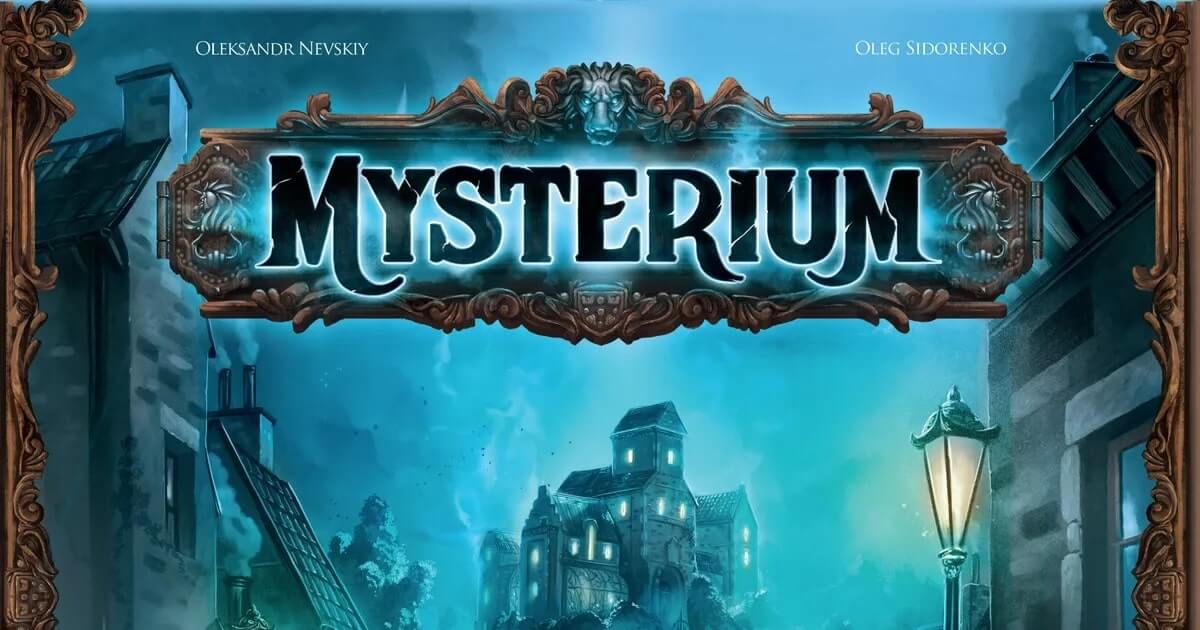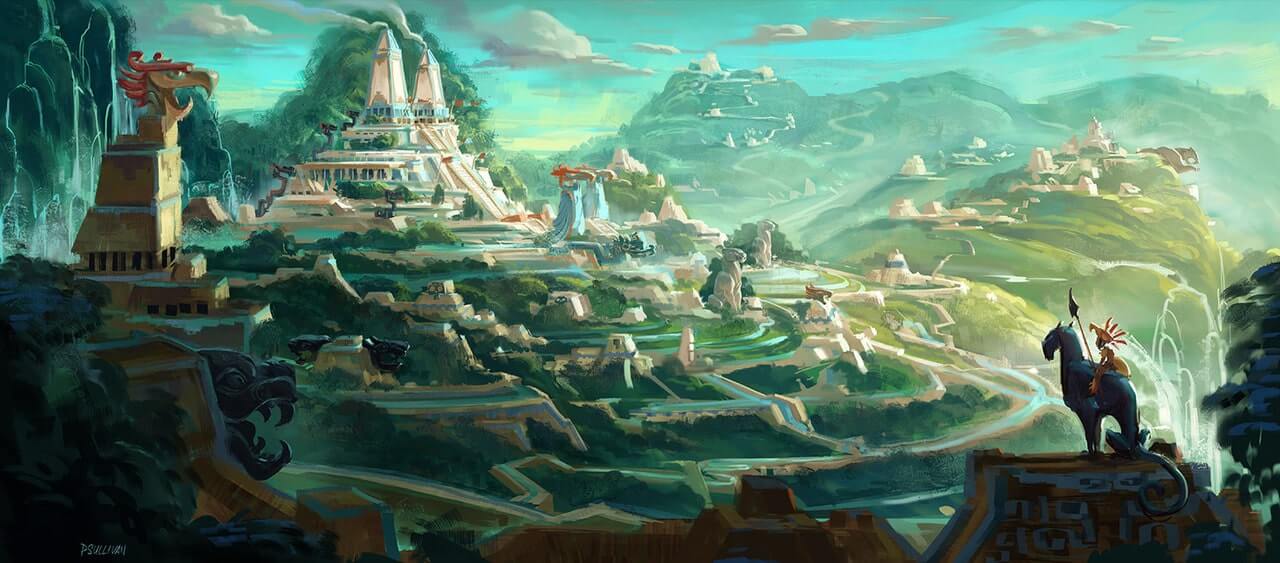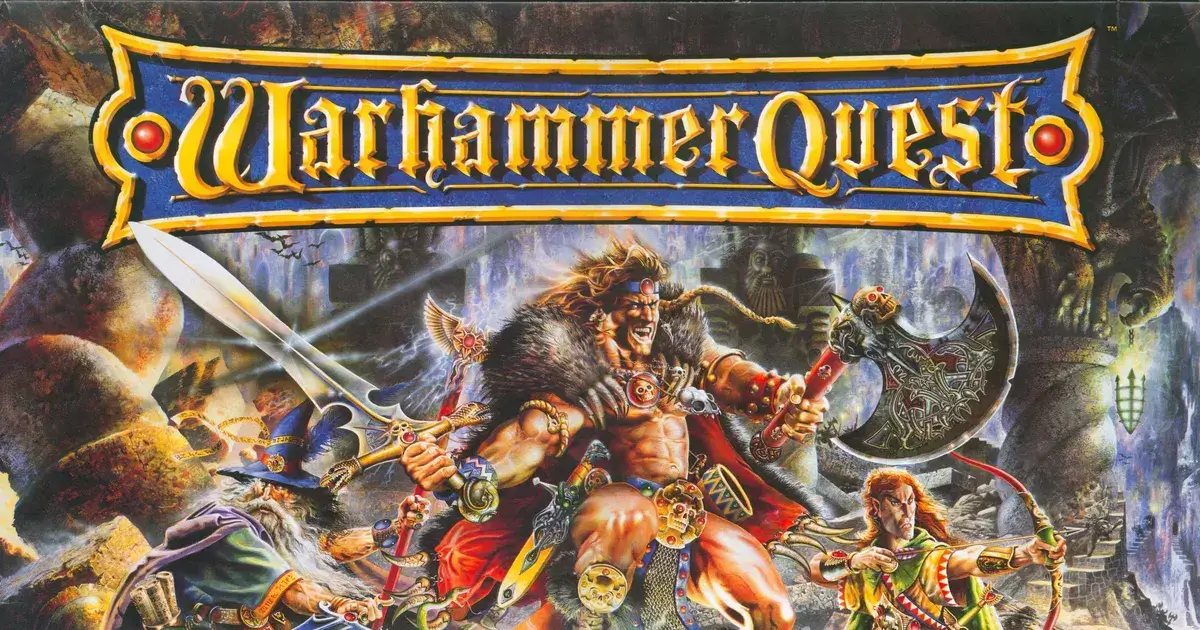A long time ago, in ancient Greece, the gods of the Pantheon peered down upon the earth and decided to create a paradise of unmatched beauty. They turned to their most talented craftsmen and builders to help them develop a city that would be beautiful and breathtaking.
Poseidon, the god of the sea, was tasked with laying the city’s foundation and he did so by plunging his trident and rising a large island out of the depths of the Aegean Sea. The island was surrounded by crystal-clear waters and blessed with lush soil that could produce anything from grapes to olives.
Athena, the goddess of wisdom, was tasked with building the island’s buildings and infrastructure. She drew inspiration from the island’s natural elegance and created magnificent white structures with blue domes to symbolize the might and majesty of the gods.
Hephaestus, the god of the forge, was responsible for overseeing the construction of the city. He built tools and equipment that would help the builders to work fast and efficiently using his mastery of metalworking.

The gods could never have anticipated that their magnificent masterpieces would one day be recreated by mere mortals in the form of a board game known as Santorini! With its strategic gameplay and stunning design, Santorini allows players to feel as though they are standing atop Mount Olympus, wielding the power of the gods to manipulate the fate of mortal humans.
If you’re ready to experience the thrill of godlike power and strategic prowess, read on to discover all there is to know about the captivating board game, Santorini.
Overview
Santorini is a widely popular abstract strategy board game designed for two to four players, also featured in our list of best board games without dice. Initially, the game was published in 2004 by designer Gordon Hamilton. The first edition of Santorini was extremely abstract; with all-white wooden components without any particular theme or spice.
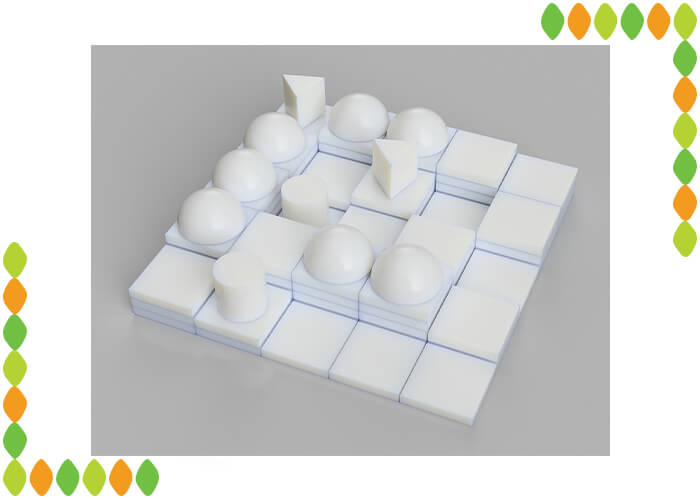
Although it was received positively by gamers around the world, it wasn’t until 2016 that the game’s popularity skyrocketed. Roxley Games republished the basic version of the game via Kickstarter, raising more than $500,000 from more than 700,000 backers. Inspired by the cliffside villages and buildings of Santorini, Greece, and the powerful gods and rich lore of Greek mythology, they implemented an engaging theme to the game, as well as adding god powers to the gameplay that made it into the gem we have on our shelves today.
We call Santorini an abstract game because it doesn’t contain anything that relies on chance. They are based on players’ skills and strategic thinking without the use of dice rolls or card draws. The only random element is the god cards deck from which every player draws one card. And even that could be drafted to reduce randomness.

Santorini is played on a 5×5 grid of empty land, on which players place two workers each. These workers move around the board, building towers and domes while utilizing the power of the gods. The game is mainly designed for two players, and you’ll get the most out of the game with two players. But you could also enjoy the game in a three-player competitive game, or a four-player team-based game with two players on each team sharing control over their two workers. We’ll get into that later on in the post.
For now, let’s learn how to play Santorini!
How to Play
First, let’s learn how a basic two-player game of Santorini works. To set up the game, you must first assemble the game board onto the plastic base to simulate the island. After that, players place their two workers on any of the unoccupied spaces on the 5×5 grid. And just like that, the game begins. It only takes one paragraph.
On each turn, players must move and build, in that order. Choose one of your two workers to play with this turn. You must move that worker into one of the eight adjacent spaces, if it’s unoccupied. After moving, you must then use that worker to build a block or dome on one of the eight adjacent spaces.
The game has four building components: level one blocks, level two blocks, level three blocks, and domes. Players build buildings one level at a time going up. The object of the game is to reach one of your workers to stand at the top of a three-level building. The player who manages to do so first is the winner of the game.
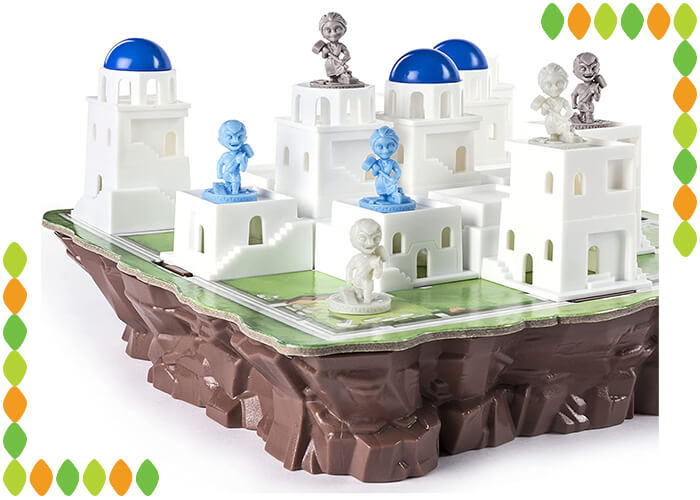
When moving workers, players cannot move them off the grid or into spaces occupied by another worker. Workers are able to climb buildings adjacent to them, but only one level at a time. In other words, workers can move from the ground to a level one building, and after that onto a level two building, but they cannot move from the ground to the second level of a building. In the case of moving downwards, there are no limitations; players can jump from two or three-level buildings to the ground undamaged.
When building blocks, players can build on any of their adjacent spaces, only if there are no workers present in that space. It doesn’t matter how high up the buildings the workers are. Just make sure to use the correct block based on the height of the buildings.
Players are also allowed to place domes on top of adjacent three-level towers. This prevents the enemy from moving on top of it and winning the game, permanently filling a space until the end of the game. If a player is unable to move or build with any of their two workers, they immediately lose the game, so pay close attention to where your workers are and where they will be in the future so they don’t get blocked off.
In other words, players can win Santorini in two ways; moving a worker to the third level of a tower, or blocking off enemy workers so they cannot move or build anywhere. And just like that, you’re ready to play the 2004 version of Santorini. Now let’s see what the gods have added to the game.
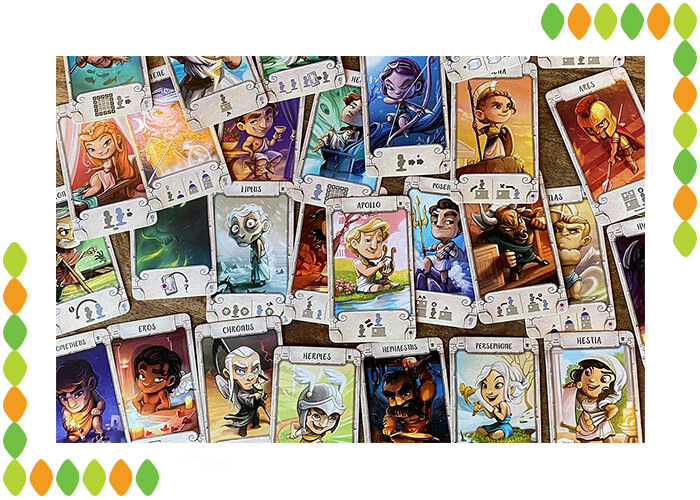
Once you are familiar with the core rules and strategies of Santorini, it’s time to add the gods to the game to make it more interesting. Keep in mind that the gods have the ability to change any of the game’s rules. So be ready to change your approach to the game.
To add the gods to the game, give each player a god card before placing workers during the setup. This could be done randomly, or you could draft them from a select group. The gods may have slight changes in the setup. For example, Eros instructs the player to place their workers along opposite edges of the board during setup.
The gods may also add victory conditions to the game. For instance, a player using the god of the wild, Pan, can win the game by moving one of their workers down by two or more levels. Other gods give special abilities to your workers. For example, Hestia allows workers to build an additional time each turn, and Zeus enables workers to build a block under themselves (take note that building a third-level block under a worker in this way doesn’t result in a victory).

And other gods prevent opponent workers from some actions and sets some limitations for them. For instance, Limus prevents opponent workers from building on spaces adjacent to your workers, and Athena prevents opponent workers from moving up if your own workers moved up this turn.
As you can see, the gods have a major impact on gameplay and different combinations of gods create different strategies and experiences. They are divided into two groups; simple and advanced gods. Newer players are recommended to use the simple gods which are easier to play with so they can get more familiar and comfortable with the game, before moving on to the advanced gods which create more hardcore and complex situations in the game.

As for a round of Santorini with three players, it’s no different from the two-player games. Give each player a god card, place your workers, and begin the game. The main difference is that if one of the three players cannot move or build and they lose the game, they must remove their workers from the board and the remaining players continue.
If you want to play with four players, you must divide the players into two teams, sitting alternatively (players on the same team must sit across from each other). Teammates share control of both the workers, moving and building on each of their turns. In a four-player game, each player has an individual god card, and they cannot use their teammate’s godlike ability.
This means that in a four-player game, other than thinking about your own power, you must take into account your teammate’s ability as well as two enemy abilities which makes the whole game really complicated, but engaging at the same time. Just keep in mind that not all gods can be used in three or four-player games.
Expansions and Versions
Santorini is loved by gamers all around the globe since its release in 2016 and it’s not leaving the tables anytime soon. It has a high level of replayability due to the several gods impacting the course of the game so you never have to play the same game twice. To top that off, Roxley Games has been constantly coming up with and releasing new gods and promo packs to keep Santorini high up the charts.
But there have also been great standalone versions of Santorini which we’ll go over now. The first, published in 2017, is Santorini: Golden Fleece. This game introduces 15 new gods, as well as 10 heroes which can be used instead of god cards in two-player games.

The heroes give players abilities that can only be used once per game. This is suitable for advanced players who want to take the game’s complexity to the next level. It’s also suitable for games where players’ skill levels are unbalanced. The more advanced player can use a hero card, and the newer player could get a god card to balance the odds.
The game also adds a Golden Fleece variant to Santorini. In this variant, players do not get individual god cards. Rather, one god card is placed in the middle of the table, and a ram token is added to the game in the 5×5 grid. A player whose worker is adjacent to the ram is allowed to use the god power. While this variant is not so popular, Santorini: Golden Fleece is a fan-favorite because of its new and complex gods and heroes.
If you’re not a fan of mythology and Greek gods, you don’t have to put Santorini aside forever. The next version is called Santorini: New York. I’ve never seen these two city names next to each other, so when I was first introduced to the game, it immediately caught my eye.
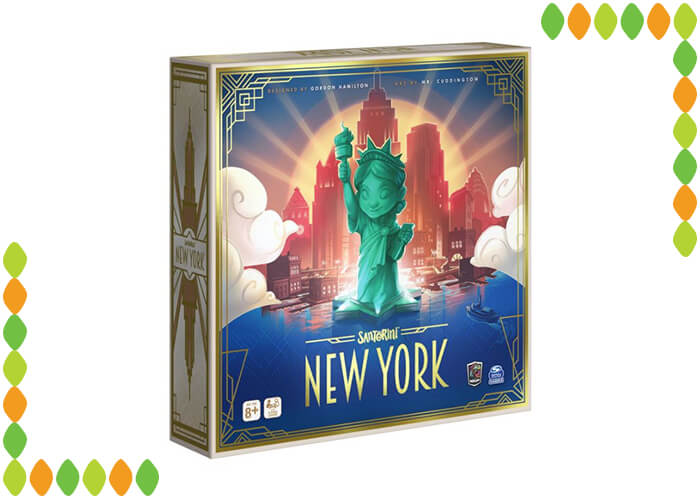
In Santorini: New York, designed for two to five players, the objective is to get one of your two workers to the third level of a building, whilst being in possession of the Statue of Liberty. The core game is the same as the original Santorini, with players moving around the city of New York and building skyscrapers. The main difference is the use of role cards.
Instead of players getting a role card for the whole game, they get a hand of five role cards, choosing one to play each turn. Whenever a player uses a role card, they must discard it from their hand, refilling it once there’s only one card left. Each of these cards has a number that represents the initiative order; players with lower number numbers play first. The Statue of Liberty token is given to the player with the highest number, which serves as a victory condition. This means that if you want possession of the Statue of Liberty to win the game, you must be the last player to play in that round, giving your opponents a chance to prevent that from happening.
Like the original Santorini, Santorini: New York can be enjoyed by players of all ages and gaming backgrounds. However, because of the multiple roles that players have, it is a more complex game. So, it may be better to play the original version before committing to building the Big Apple.
Final Thoughts
In conclusion, Santorini is a game that stands the test of time, enthralling players with its beautiful design and satisfying gameplay. It is a game that players of different ages and skill levels can enjoy because of its straightforward rules and strategic depth.
The competitive element of the game is likely to keep you interested and on the edge of your seat whether you’re playing with friends or family. Additionally, there is always something new to explore and learn about in the game thanks to the addition of expansions and promotional cards.
But what truly sets Santorini apart is its capacity to transport players to a world of myth and legend, where the fate of the gods and mortals lies in their hands. You’ll have the impression that you’re on Mount Olympus’ highest peaks, using the gods’ power to mold the planet below while you play the game.
Santorini is a game that should not be missed, regardless of whether you are an experienced board gamer or a newbie to the hobby. It serves as both a monument to the value of excellent game design and a reminder that often the most straightforward games can be the most memorable and entertaining.
So what are you waiting for? Get your copy of Santorini today and experience the thrill of strategy and godlike power for yourself!



